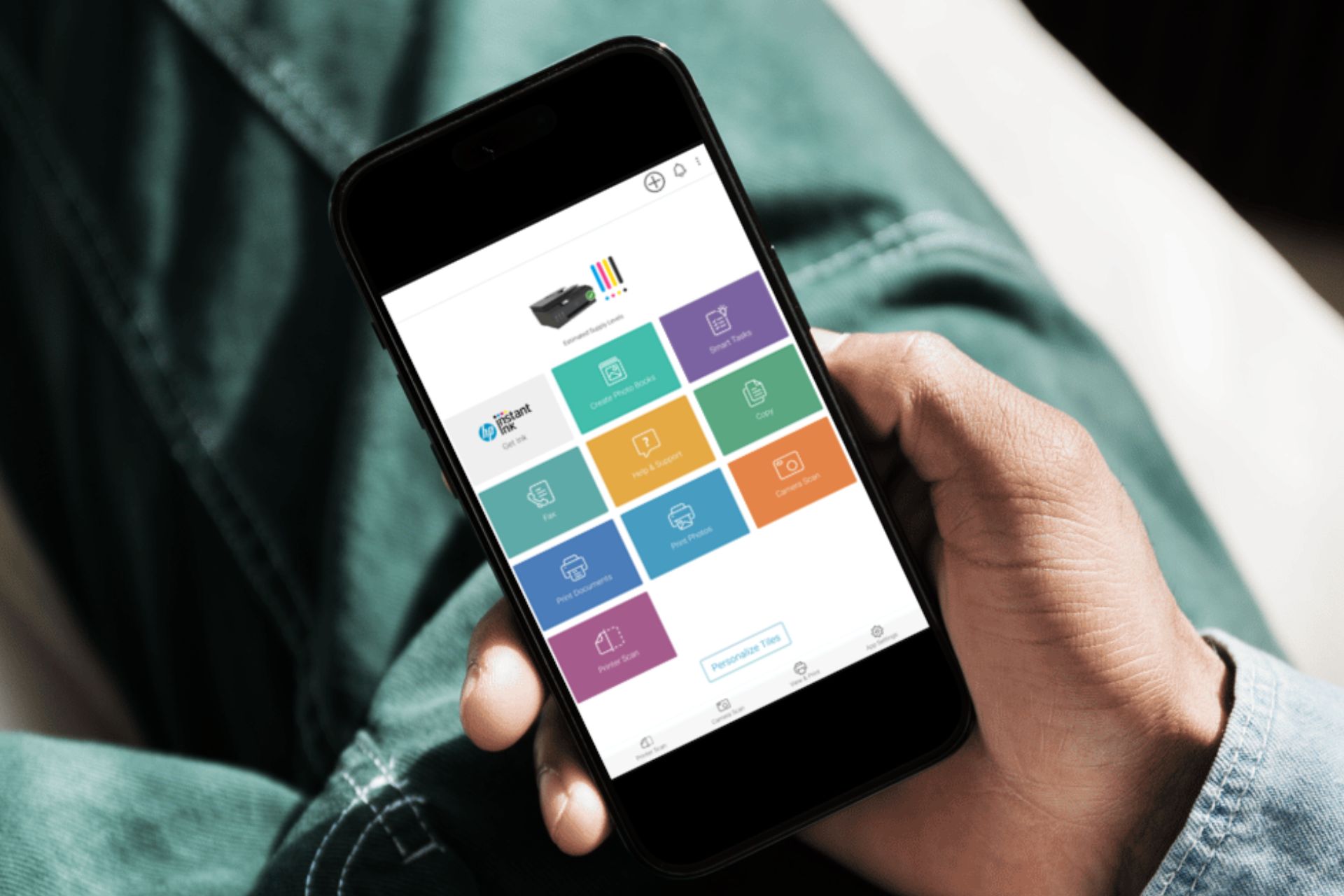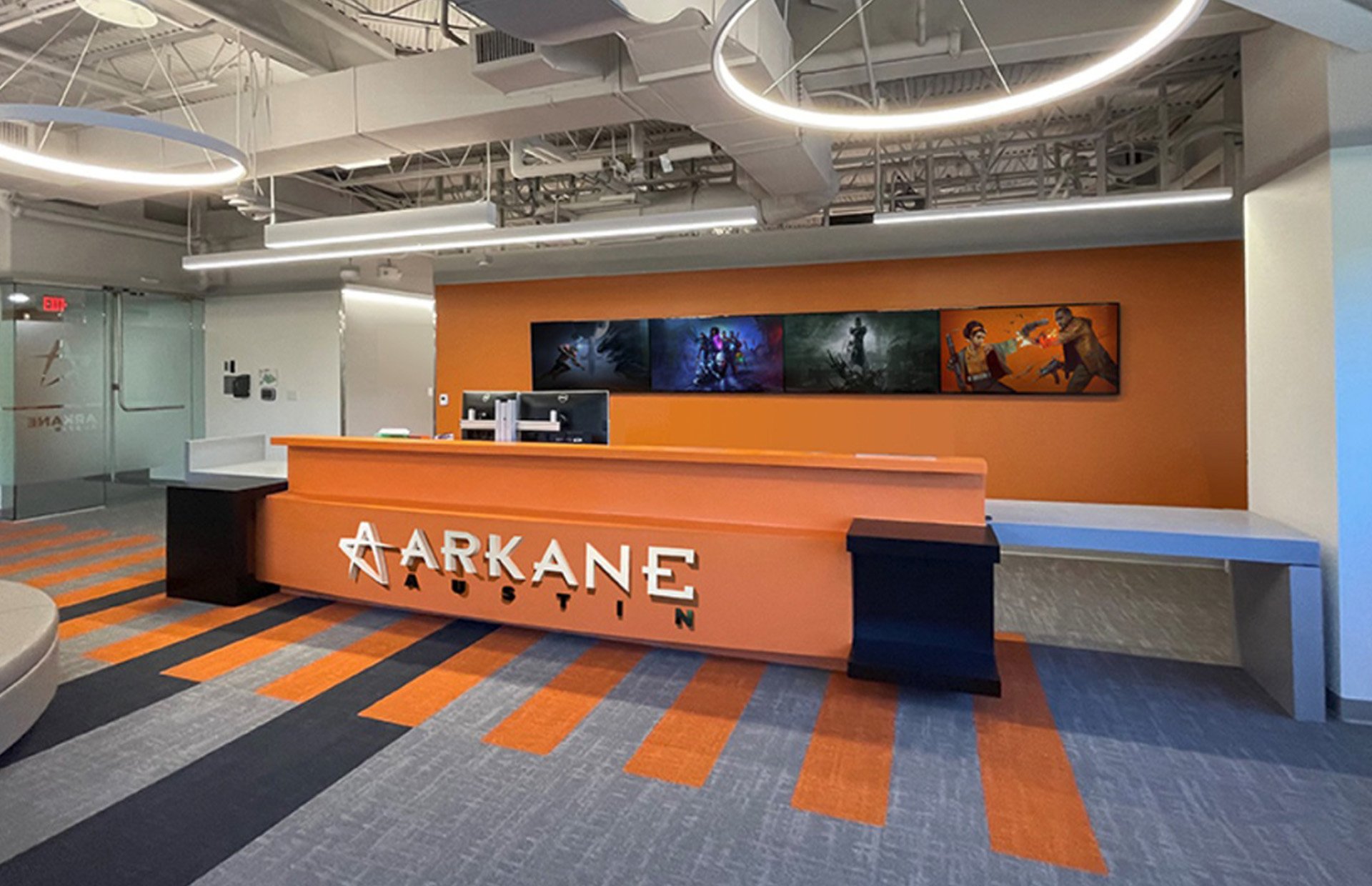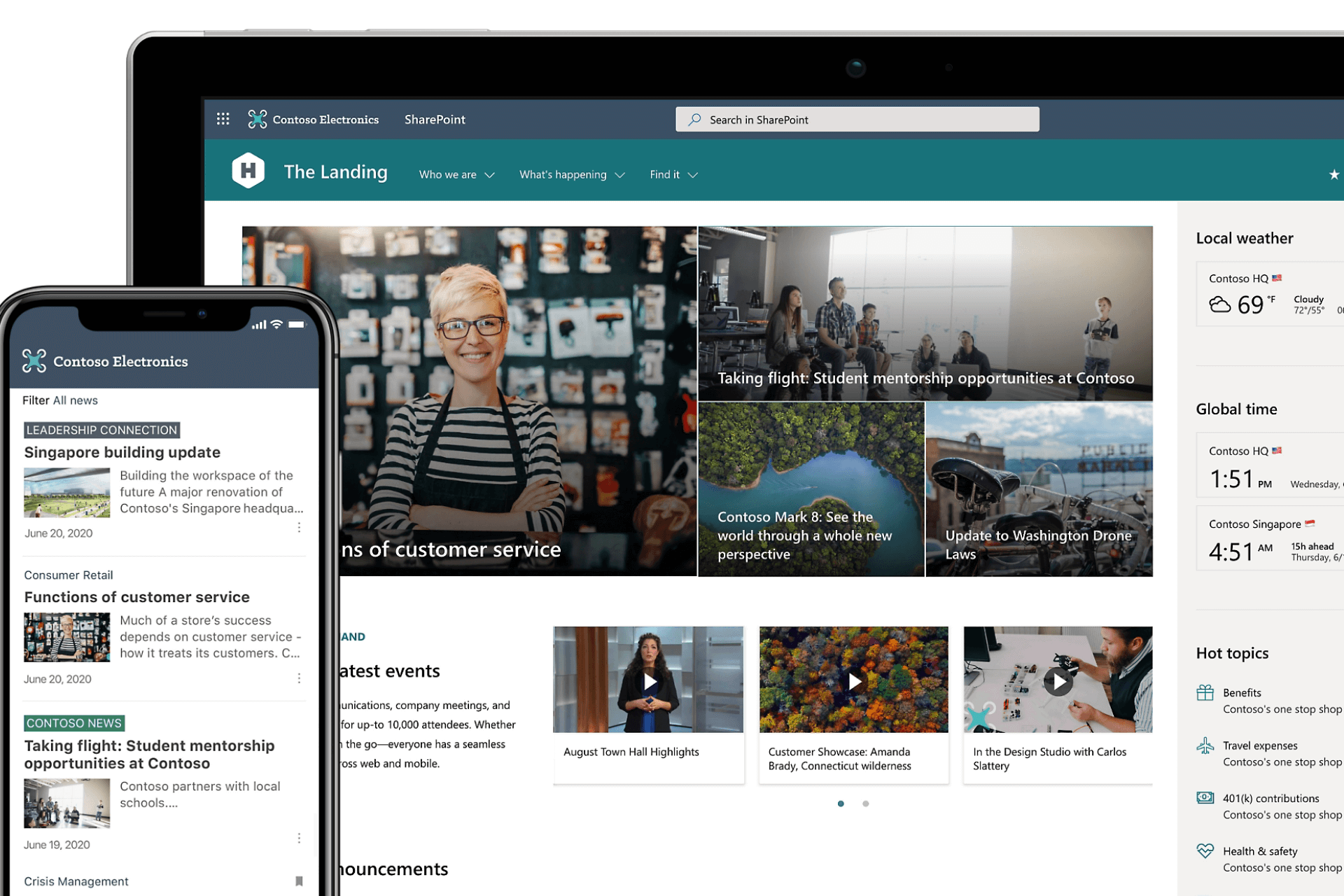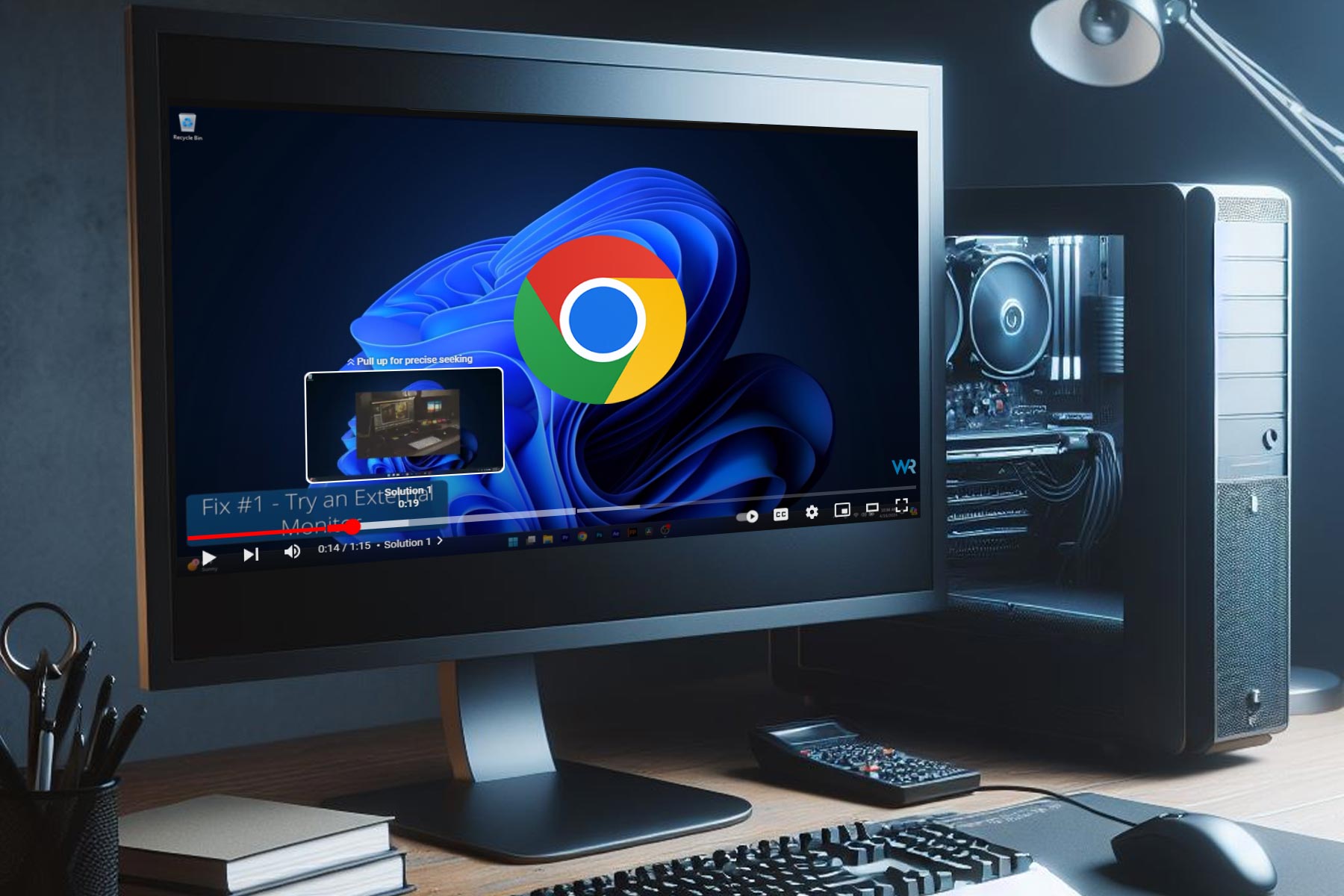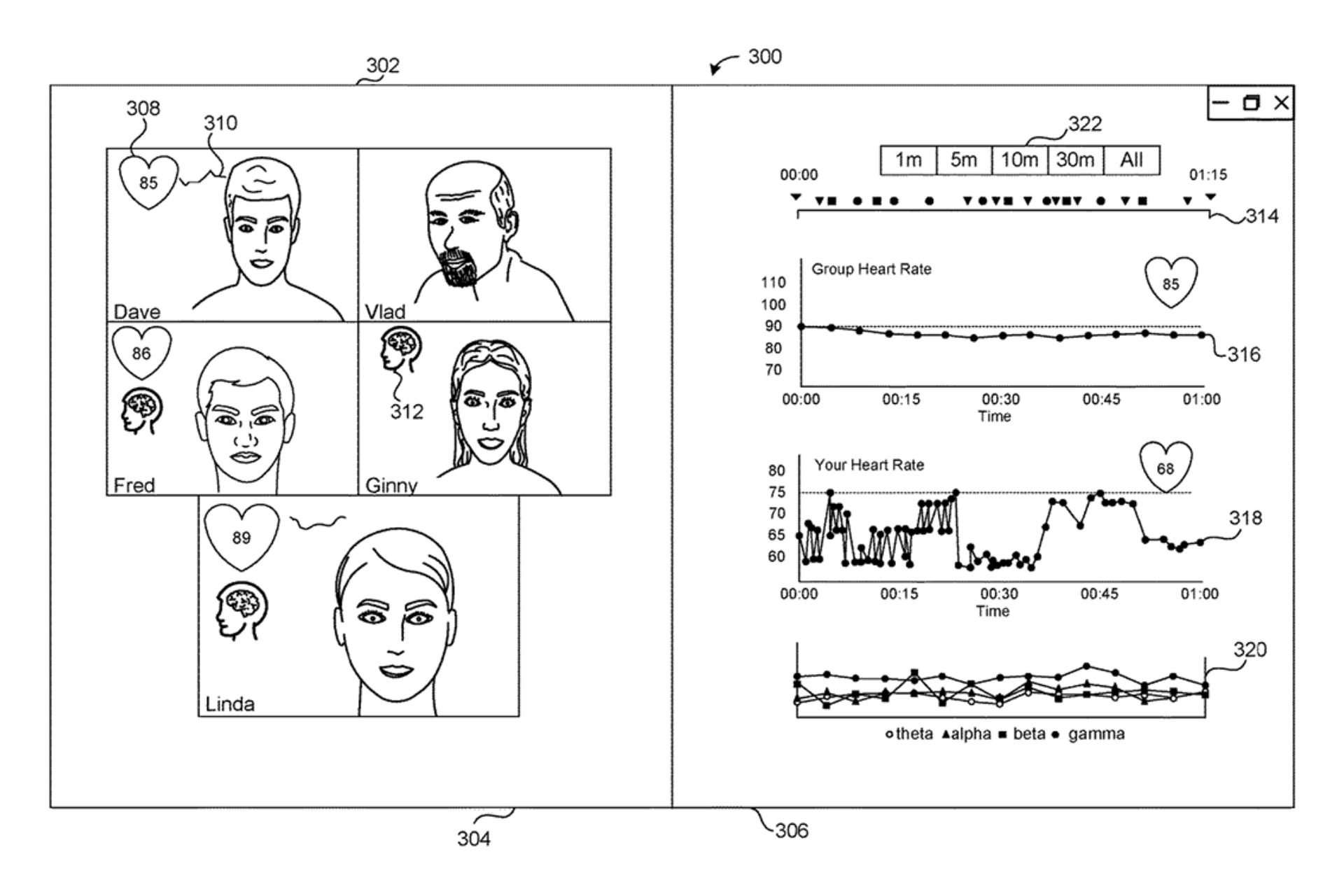Microsoft's marketing efforts to focus on a seamless Windows 10 experience across screens
3 min. read
Published on
Read our disclosure page to find out how can you help Windows Report sustain the editorial team Read more
Microsoft’s original vision of ‘three screens and a cloud’ is inching towards a reality every day. Admittedly, Microsoft stumbled with implementing Windows on tablets and phones in years past, but Window 10 is shaping up to rectify past issues. Soon Windows 10 will be at the heart of devices including, phones, PCs, tablets, Xbox One, IoT and various office equipment. Microsoft is finally in a position to offer users a seamless experience across all of their devices.
One of the last obstacles Microsoft faces in successfully implementing the three screens and a cloud strategy has been an obstacle the company has rarely been able to tackle. “One of the biggest challenges to delivering these seamless experiences to consumers lies in weaving in the advertising and helping them to understand they will have a better brand experience,” Stephen Kim, Microsoft’s general manager of Global Creative Solutions, speaking at Integrated Marketing Week 2015 in New York.
Kim was attending an Integrated Marketing Week 2015 and believes that while, “media is complex, simplicity is essential in marketers’ approach to communicating with customers.”On a panel entitled “Going Beyond Mobile: The Omni-Screen Frontier,” Kim discusses some of the bold moves Microsoft had to make to help shows users the value of their seamless multi-screen experience.
“Microsoft Office couldn’t be used on the iPad until mid-2014, and it was key to showing consumers that Microsoft is here to help them across platforms. Giving away Office software for free on devices under nine inches in size was another risky business move, Kim explained, adding that this type of bold thinking is necessary to adding value and building relationships in the industry and with customers, especially as they use mobile devices more and more.”
Kim notes that increasingly, “mobile” will become more of a mindset/behavior and that Microsoft needs to find a successful way to convey all of the company’s multi-platform and multi-screen experiences. “When someone begins watching the latest episode of the Netflix original series “Orange Is the New Black,” on a mobile device during their commute home from work, they expect to be able to continue where they left off on a different screen once they arrive home, “ he said.
Once Windows 10 starts to work its way into mainstream use, it will be interesting to see how Microsoft positions its seamless multi-screen experience. As of right now, Microsoft is offering cloud sync to keep all of its multi platform apps linked together to offer users a very intuitive pick-up-and-go experience. Given the fact that very few people have Windows Phones or tablets, and are quickly moving away from a Microsoft/Windows-centered ecosystem, Microsoft will have a lot to accomplish in the near future.




